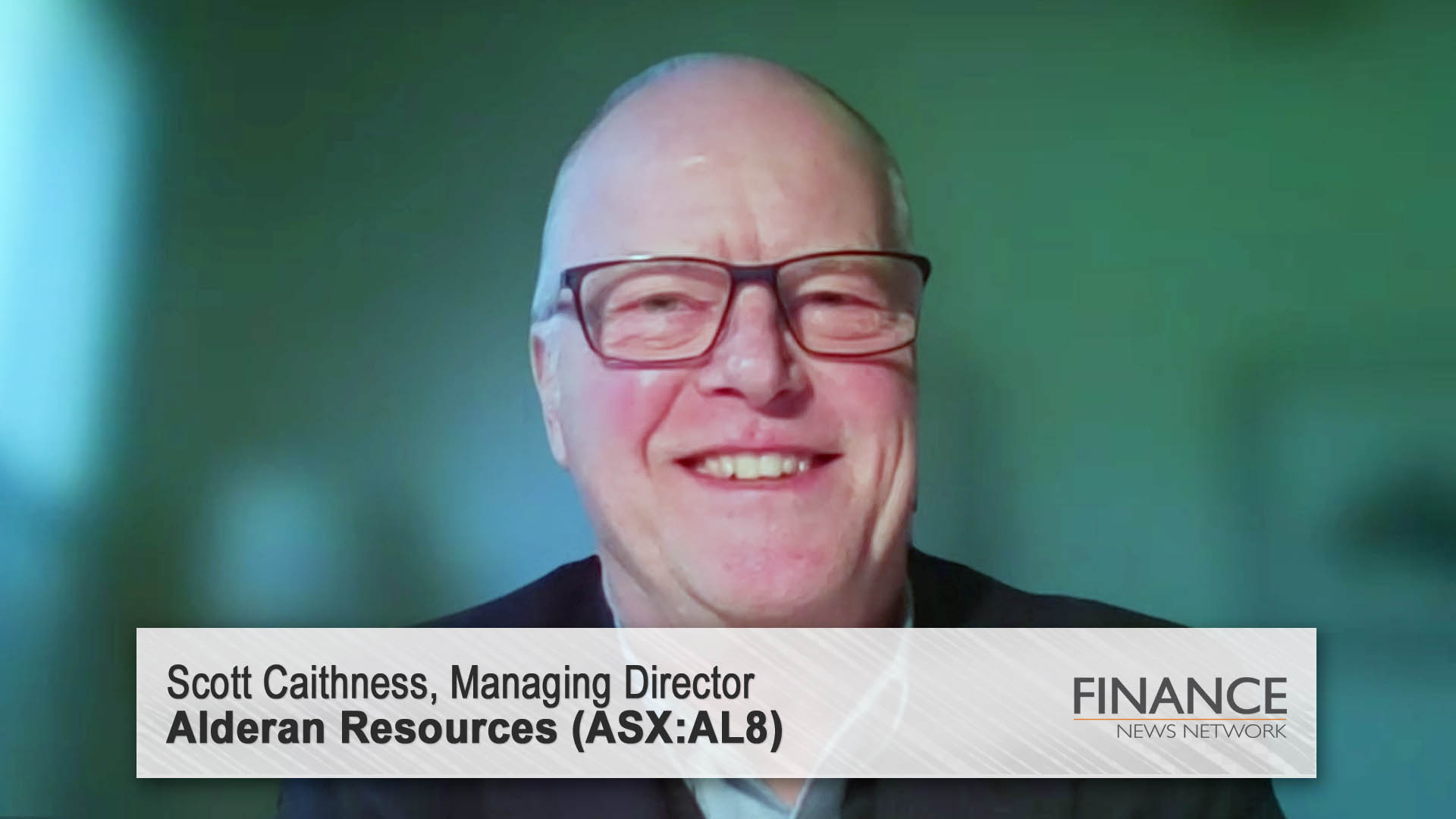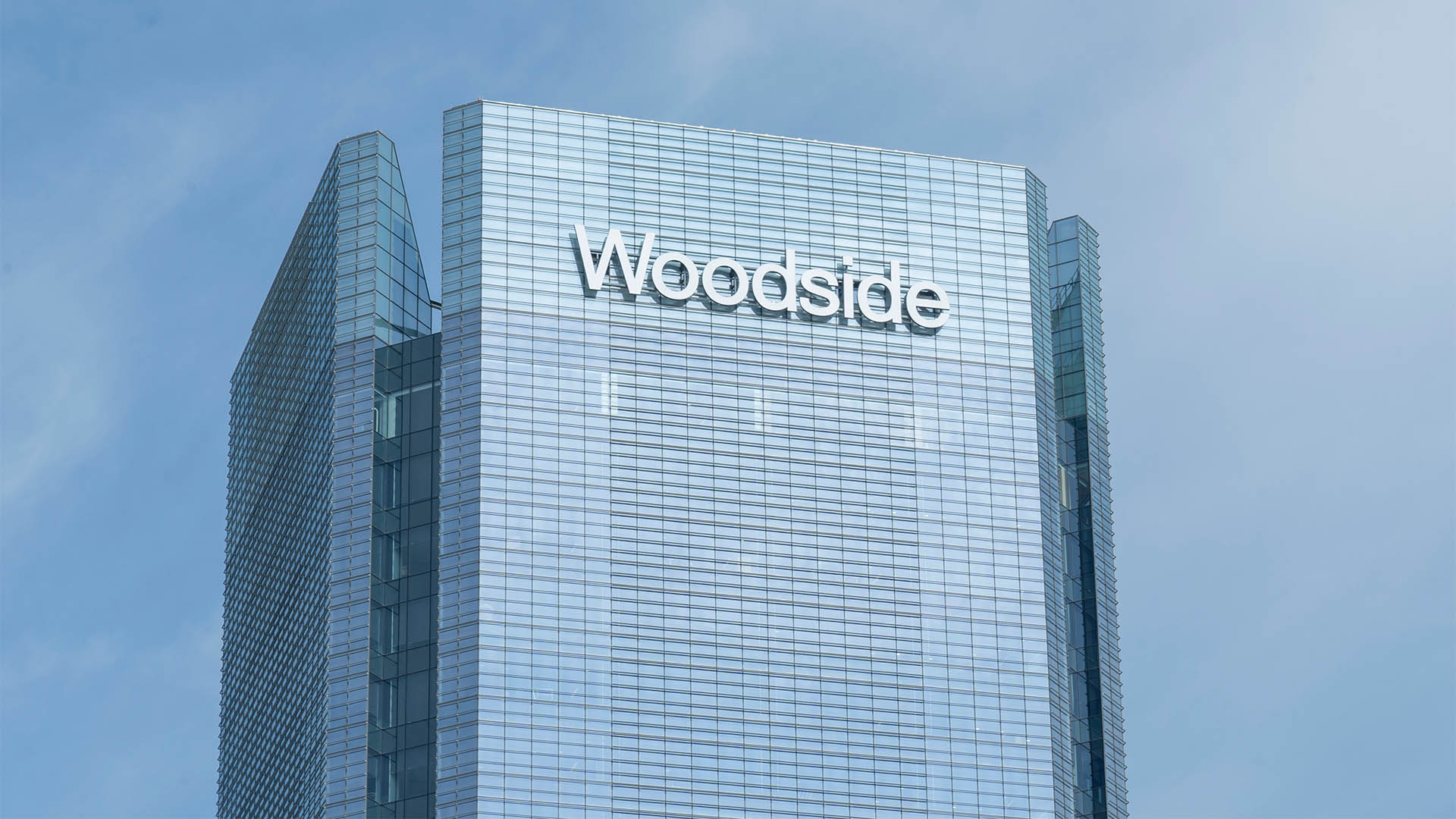The Australian economy seems to have gone from boom in the June quarter data, to WTF as the flow of figures from key areas of the economy lose their sheen and suggest the growing possibility of a slide in the pace of activity running into 2017.
In fact, if we get more data showing seeing weak levels of activity replacing previously solid figures, as we have seen in the past month, we could very well see a quarter, maybe two in the next year to 18 months with no growth, very low growth, or even negative readings that will bring forth cries of ‘recession’ and ‘the long boom is over.’
All that silly talk of a rate rise in 2017 (from the OECD and silly media and commentators) has been wiped away by the impact of the October building approvals and then the September quarter business investment data and the prospective figures for 2016-17.
In fact the past month has seen a drift in the economy that has been disguised by the rebound in commodity prices, the stabilising of the Chinese economy and the Donald Trump-inspired optimism (which is misplaced anyway).
But now we have seen weaker than expected investment (even if it is understated) in the September quarter, on top of June and March, declining building approvals, weak levels of housing finance (investor finance is off 16%), wage growth running at historic lows around an annual 1.9% for the past six months, rising inflation, fading business borrowings (the credit figures from the RBA show a startling slowdown in recent months), sliding retail sales growth, rising part time work, lost full time jobs, and weaker than expected construction data (which we saw last week).
Not even the resource rebound (which now seems to be fading) and positive terms of trade can offset the sluggishness and the feeling that the optimism earlier this year is sliding away. That is not a confident base to build a mid year economic statement. Nor is it a convincing base for the nervous nellies at Standard & Poor’s who are just itching to knock Australia’s credit rating down to AA plus from AAA ad put another notch on its tarnished bedpost still hanging around from failure to live up to its ratings claims in the US subprime scandal and then the GFC.
Yesterday’s third quarter business investment figures are a case in point (as are the weak building approvals for October – not the headline grabbing seasonally adjusted data which could quite easily turn around next month, but the trend data which has shown a steady slide since May. That is pointing to a weakening contribution from residential construction from midway through 2017 and into 2018 if there s not a sharp turnaround.
Australian third quarter capital spending data (capex) was disappointing, both for actual and expected capital spending. Actual spending was 4% lower in September and is now 13.7% lower than in September 2015. Buildings and structures capex was down by 5.7% which shows a continuation of the declining trend in buildings and structures investment since 2012 as the mining investment boom fades and also validates the shock of last week’s poor construction work done data for the September quarter. And plant and equipment capex was down by 1.9% and because this is used as an input into the third quarter GDP means that business investment in the September quarter national accounts will be quite weak. In fact they could be weak enough to offset whatever positives there are on the trade account, meaning the GDP may not have moved very much, if at all in the three months to September.
The AMP’s Chief Economist, Dr Shane Oliver wrote in a note yesterday afternoon:
"Combining the weak capex data with soft September quarter retail sales and weak net export volumes, our current forecasts show a low fourth quarter GDP number of 0.2% quarter on quarter (or 2.5% over the year). There is a real risk of a negative quarterly result, but there are still a few remaining GDP inputs to released next week that will give a better guide to the actual outcome and firm up our forecast. In any event, the broad trend for Australia over the next year is moderate GDP growth around 2.5%.”
Seeing growth jumped to 3.3% in the June quarter, that will be hard for the government, especially rime Minister Turnbull and Treasurer Scott Morrison to explain away and blame on the usual suspects, the nasty CFMEU, the ALP, the Greens and foreign markets.
Dr Oliver point out that the key point in yesterday’s figures were the (4th) estimate (expectation) for total capex spending in the 2016-17 financial year, with firms giving their fourth estimate for planned spending.
"Expectations are taken throughout the financial year and can therefore change significantly across estimates. The RBA has previously noted that the fourth estimate tends to be the best guide to spending intentions. In today’s data, expectations for 2016/17 disappointed, totalling $107bn, which was a lift of just over 1% on the last estimate. But, at this stage of the financial year, firms have historically tended to upgrade expectations by more than 1% and as a result, the market consensus was looking for a higher fourth estimate of spending of around $110bn.
"Based on a comparison between the latest estimate for 2016-17 investment with that made a year ago for 2015-17 and an alternative approach that adjusts for the usual underestimate of intentions relative to actual business investment, the latest capex intentions data points to a fall in business investment in 2016-17 of around 15%. This will remain a large drag on 2017 growth.”
That’s why the six months of weakening building approvals (on a trend basis) is bad news, especially if there is no let up into early 2017 because it will point the increasing strain for the economy and economic growth from a mismatch between that slowdown and the transition in the mix of business investment.
All this at a time of gradually rising inflation – especially if the latest OPEC agreement sticks and the value of the Aussie dollar dips lower, thanks to the stronger greenback (driven by expectations of higher US rates and Trumpflation).













